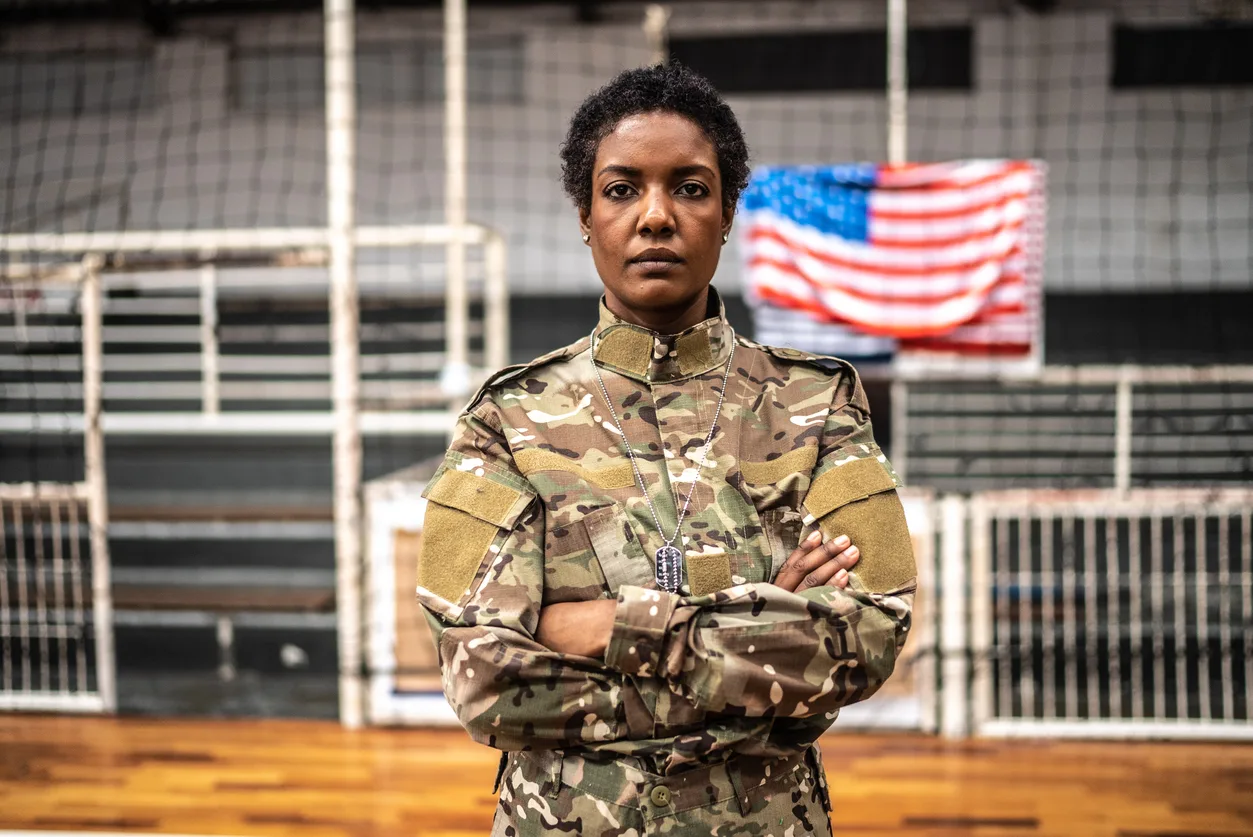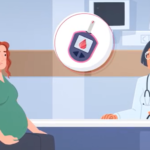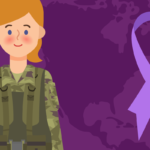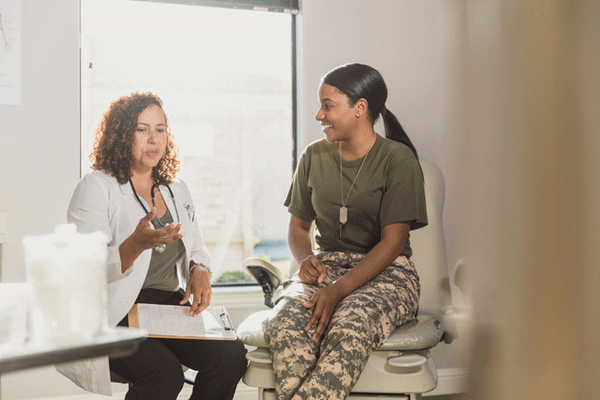Pamela Price remembers the pain.
For much of her 20s, debilitating menstrual cramps, heavy bleeding and irregular cycles were the norm. The pain got worse when she tried to complete her daily workload, which sometimes included carrying loads of 20 pounds or more. Each time she went to a medical clinic for help, she was given a prescription for ibuprofen and sent on her way.
Price would later discover she was suffering from endometriosis, a pelvic pain condition that occurs when tissue similar to the tissue that lines the uterus grows outside the uterus and creates growths, called endometrial implants. On average, it takes most people close to seven years to get an endometriosis diagnosis, but Black women like Price are much less likely to receive an endometriosis diagnosis at all. That disparity could be related to implicit bias in how Black women are treated for pain, as research has shown that healthcare providers (HCPs) are less likely to identify pain on the faces of Black patients compared to white patients.
Price had an additional factor that delayed her diagnosis: At the time, she was serving in the U.S. Army. And although healthcare coverage is available for service members and veterans, the right care isn’t always easy to access. Studies have also shown that women in the Army, older women in the military and non-Hispanic Black women in the military had higher rates of gynecologic disorders, including pelvic inflammatory disease, uterine fibroids, endometriosis, and heavy or prolonged menstrual bleeding, than their civilian counterparts.
It’s not clear why women in the military are more likely to suffer from uterine conditions. But Price suspects the demands of the military — the environments soldiers are placed in, the physical demands on their bodies and the tendency for soldiers to be taught to ignore certain symptoms — can trigger or make health issues worse.
Then there’s the issue of care. “For any soldier, female or otherwise, care typically is going to start at a Troop Medical Clinic,” Price said. “Our TMCs are not adequately equipped to address much beyond headache, exhaustion and those types of situations. You might be given medication and be told to go home, drink some fluids and get back ready to serve.”
Although any soldier might struggle to get the right care for their specific health conditions at the TMC, Price noted how this structure puts an additional burden on servicewomen and service members assigned female at birth (AFAB). There’s no other access point to care, and you might visit the TMC many times with the same complaint before being referred to a gynecologist or other healthcare specialist. In the meantime, untreated pelvic pain can lead to lost duty time and hurt your military career. Price served seven years and said she would have considered a full military career if it hadn’t been for the physical limitations of her condition, which played a big role in her decision to leave.
Implicit bias in the military
Price has worked in healthcare and public health for more than 20 years and currently serves as deputy director for The Balm In Gilead, a nonprofit that works with churches and faith-based communities to tackle issues of health equity. Her healthcare experience also includes work in clinics, major healthcare systems, hospitals, correctional facilities and the U.S. Army Nurse Corps.
Price said her time as an Army nurse showed her that the military wasn’t immune from implicit bias that delayed or limited care for Black servicewomen and service members AFAB. When she worked in the emergency room, she saw differences in care not only along racial lines, but by age and rank.
“I can recall several instances where I would see what the provider would write as the plan of care,” she said. “Looking at one patient’s history — and she happened to be African American — I saw this was her fourth or fifth trip to the ER, and she’d been complaining about the same kind of issue for months. She’d been on 800 milligrams of ibuprofen forever.”
The physician gave her another ibuprofen prescription, and Price asked why the soldier wasn’t offered anything different. The provider responded that he thought the soldier might abuse stronger pain medication or even sell it to friends and family.
Price said she felt powerless as a person who couldn’t write prescriptions, but wanted to at least question his decision to understand where it was coming from. Was there something I was missing? she wondered at the time. Was I looking at this because I felt like I had been in that soldier’s shoes at some point?
“I would say in both active duty and Veterans Affairs (VA) settings, the bias is more the implicit form,” Price said. “We don’t spend time in the military giving our providers the level of cultural competency we need, especially when we think about how diverse the military is and how we’ve had more women want to sign up and serve. I’ve never encountered bias that was explicit — where anyone intentionally wants this soldier to be in pain — but there are misperceptions along racial and ethnic lines we have to do better educating our entire staff on. I highly doubt anyone else even would’ve questioned that decision to not give the soldier something more than ibuprofen.”
In Price’s case, it took more than a year of visiting TMCs before she finally got a referral to see a gynecologist at what she referred to as the “big hospital” on post. There she received a thorough ultrasound and imaging, a CT scan, and eventually an official diagnosis. A treatment plan would follow that included hormonal suppression and a scope to clean up the affected tissue.
Read: Pam’s Story: It’s Your Period Again? Really? >>
“Needless to say, I had probably three volumes of medical records on my way to the VA when I finally left the military,” she said.
Finding solutions
Providing better training to clinicians treating veterans and active duty service members AFAB is an ongoing goal, but Price suggested ways that service members can be their own advocates as well. Many VAs have created women’s clinics, and veterans should request to be assigned to the women’s clinic if they’re experiencing uterine or gynecological issues, she said. Although the process involves additional steps, it does exist for veterans in pain.
Veterans near VAs that don’t have women’s clinics can work with their current providers to request to be seen by a civilian OB-GYN. More paperwork is involved, but the important part is understanding this route is possible.
Finding support is vital as well. Organizations like the National Association of Black Military Women and Women Veteran Social Justice Network Inc. advocate for military women. Price suggested seeking out any organizations that work to support women’s health so women can have the resources they need to better advocate for themselves. Even local networks and support groups can create a space to provide resources and assistance.
Price said there’s power in sharing stories and information. And those conversations could make the difference in finding an answer to uterine health conditions.
“Although I’m 43 now, and active duty feels like a lifetime ago, I’m always thinking there’s some 20-year-old version of myself who I can help,” Price said. “Even when thinking about the amazing providers I did have the opportunity to work with, I still wonder how I could educate them more so they could be equipped to do what’s best for all the soldiers in their care.”
This educational resource was created with support from Sumitomo Pharma.















